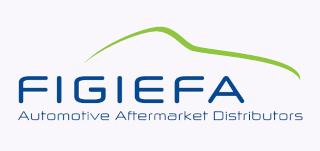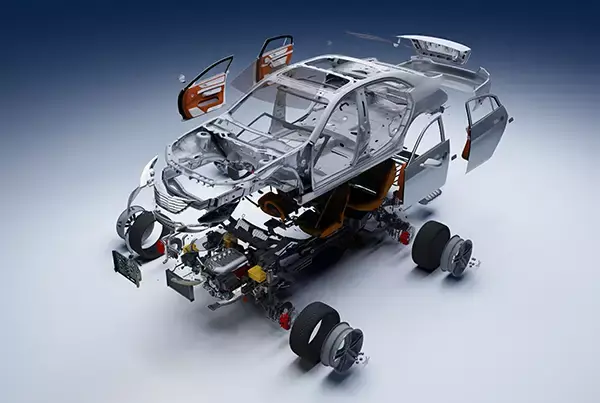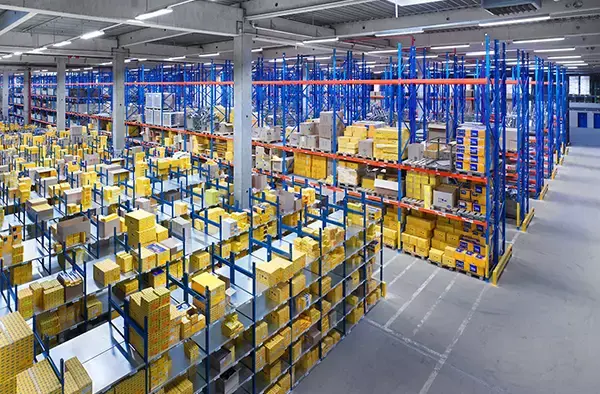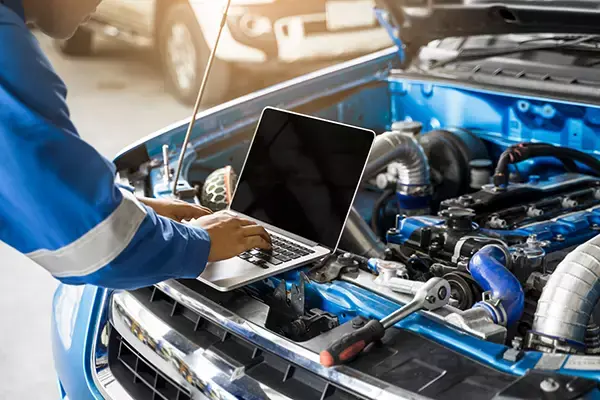The independent automotive aftermarket is a complex ecosystem bringing together multiple operators to offer competitive and innovative solutions to consumers with a view to the maintenance and the repair of their vehicles.
The repair and maintenance of a vehicle involves a complex chain of various actors: the automotive aftermarket. Each stage within this aftermarket chain has its importance, each operator fulfilling a special role to keep replacement parts, repair and maintenance competitive and efficient.
The consumers, most of the time,
know well the first stage of the repair process:
The consumers, most of the time, know well the first stage of the repair process:
- the road patrols and
- the workshops (some of them generalist, some others specialist, e.g. body repair).
But these two are working in close cooperation with a wide range of other operators which are active behind the scenes:
- the distributors of replacement parts (represented by FIGIEFA);
- the providers of tools and diagnostic and test equipment;
- the providers of technical information;
- the training centres providing the qualified workforce.



